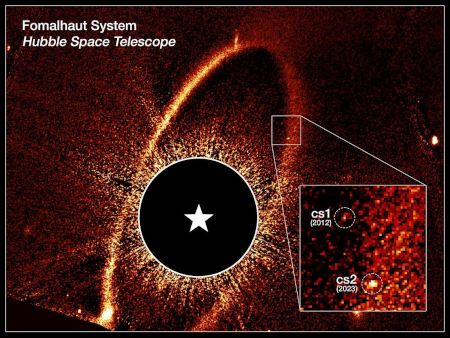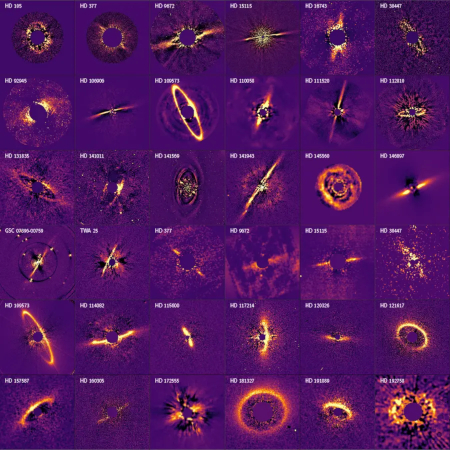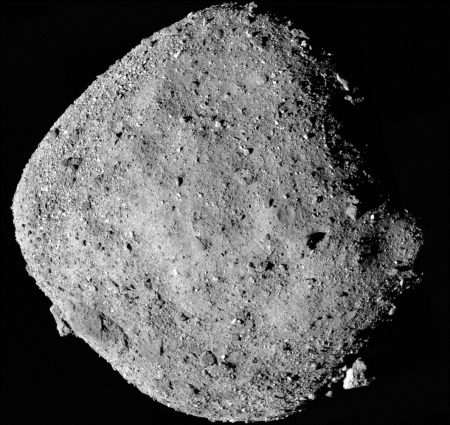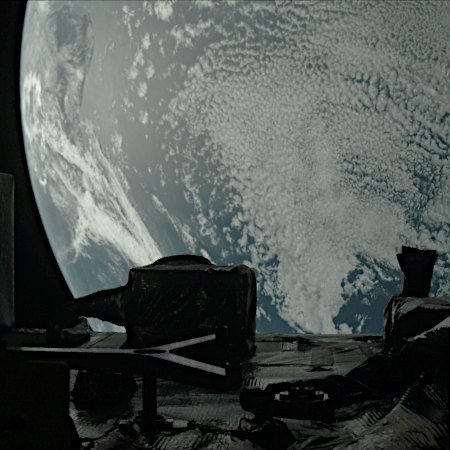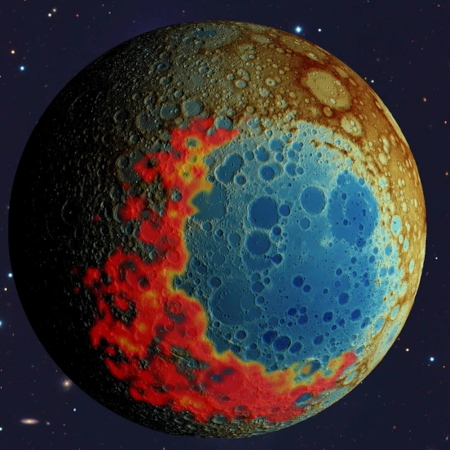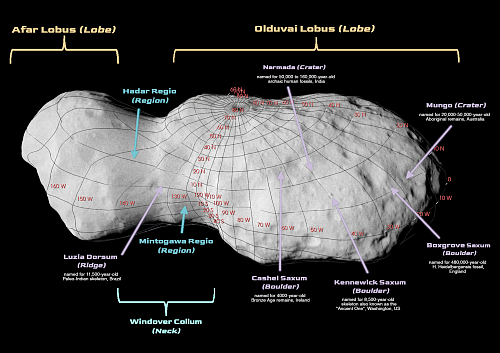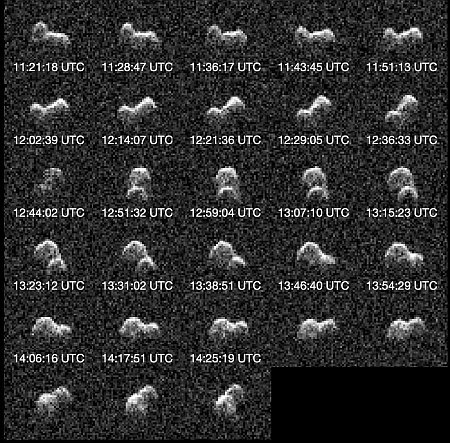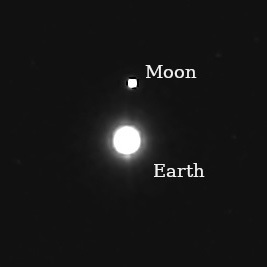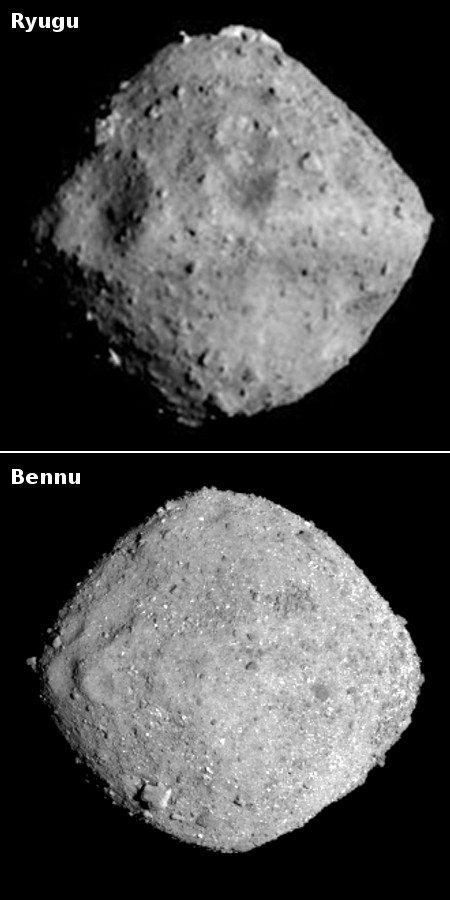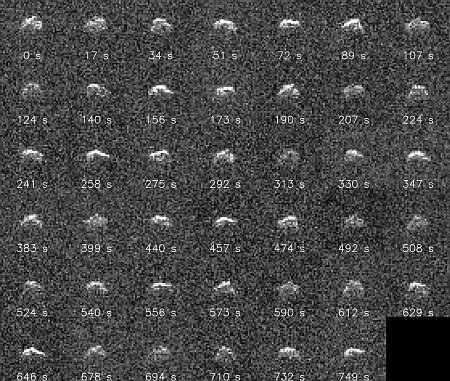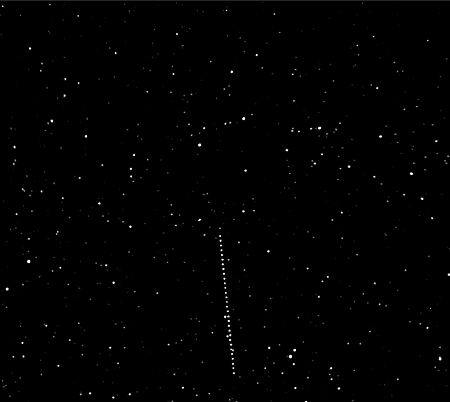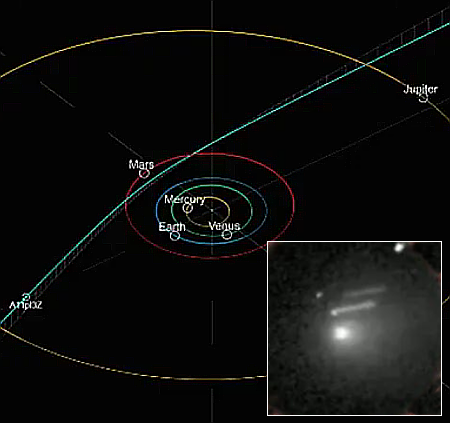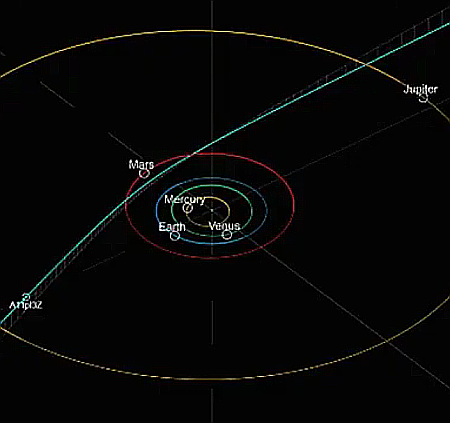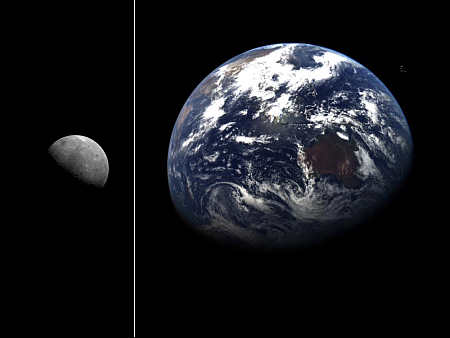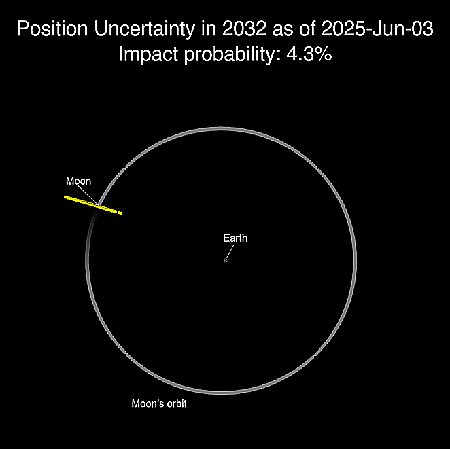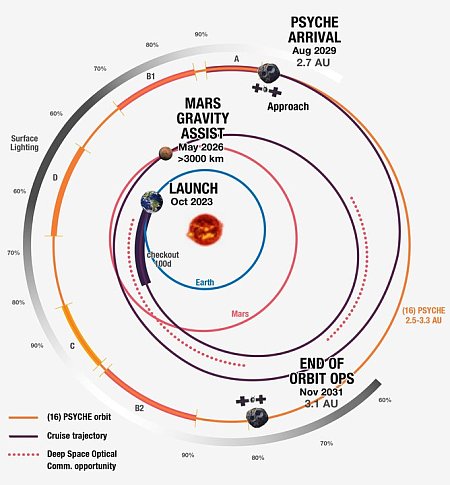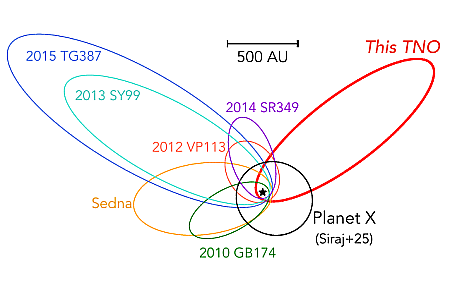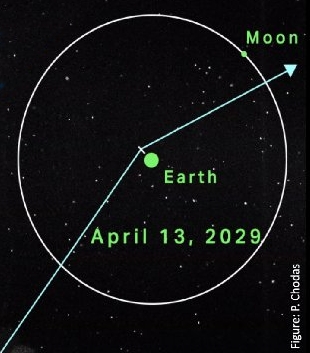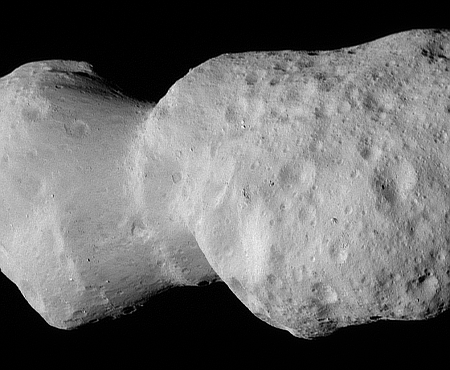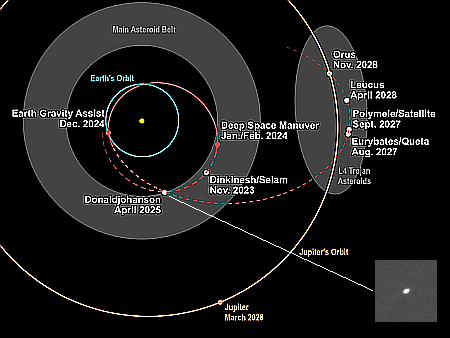Scientists think they have detected a collision in the debris disk surrounding the star Fomalhaut
Using the Hubble Space Telescope, astronomers have detected a bright object in the debris disk that surrounds the nearby star Fomalhaut that wasn’t there previously, suggesting it is a glowing cloud of material left over from the collision of two asteroids.
You can read the published paper here [pdf]. Fomalhaut is a young star about 25 light years away, and has one of the best-mapped debris disks known.
The image to the right, reduced to post here, shows this new object, labeled CS2 and detected in 2023. CS1 is a similar detection from 2012 that was initially thought to be an exoplanet. When CS1 faded over time that theory was dismissed, replaced instead with the hypothesis that it was a cloud produced by an asteroid collision.
The recent appearance of CS2 strengthens this hypothesis, which will be further confirmed by future observations that show CS2 fading in the same manner. It also provides scientists a chance to measure the rate of such collisions within Fomalhaut’s debris disk, which scientists believe is essentially a baby solar system in formation. While very uncertain due to the short time scale, this data will help them begin to figure out the rate in which planets will form in such a disk.
Using the Hubble Space Telescope, astronomers have detected a bright object in the debris disk that surrounds the nearby star Fomalhaut that wasn’t there previously, suggesting it is a glowing cloud of material left over from the collision of two asteroids.
You can read the published paper here [pdf]. Fomalhaut is a young star about 25 light years away, and has one of the best-mapped debris disks known.
The image to the right, reduced to post here, shows this new object, labeled CS2 and detected in 2023. CS1 is a similar detection from 2012 that was initially thought to be an exoplanet. When CS1 faded over time that theory was dismissed, replaced instead with the hypothesis that it was a cloud produced by an asteroid collision.
The recent appearance of CS2 strengthens this hypothesis, which will be further confirmed by future observations that show CS2 fading in the same manner. It also provides scientists a chance to measure the rate of such collisions within Fomalhaut’s debris disk, which scientists believe is essentially a baby solar system in formation. While very uncertain due to the short time scale, this data will help them begin to figure out the rate in which planets will form in such a disk.

